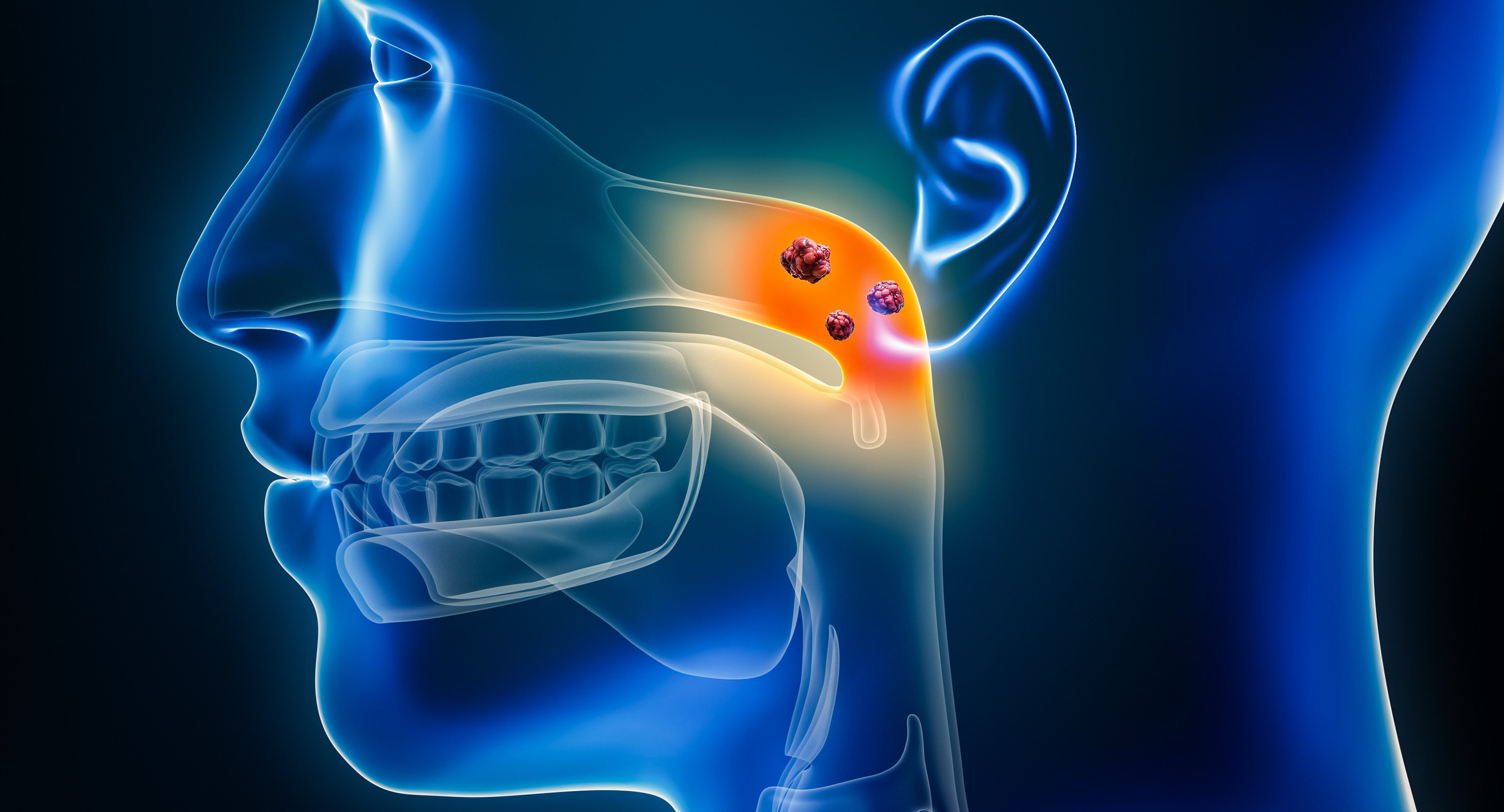A Non-Invasive Rapid Test For Diagnosis And Early Relapse Prediction Of Nasopharyngeal Carcinoma
KEY INFORMATION
Healthcare - Pharmaceuticals & Therapeutics
TECHNOLOGY OVERVIEW
Nasopharyngeal cancer (NPC) is one of the most common head and neck cancers with a geographical predilection. It is usually diagnosed with an advanced-stage disease which still has a relatively low survival rate despite radical definitive treatment. Nasopharyngeal cancer usually affects adults between 35 and 55 years of age and there are no simple non-invasive examinations or blood tests to reliably detect nasopharyngeal cancer at an early stage yet. The gold standard for testing and diagnosing Nasopharyngeal Carcinoma (NPC) typically involves a combination of assessments using 1) Clinical [Endoscopy, Serologic testing for Epstein-Barr Virus (EBV) antibodies, DNA quantification of plasma EBV] ; 2) Pathological [Biopsy] ; 3) Radiological [Imaging-MRI, CT/PET-CT]. NPC is a common malignancy in Hong Kong, Greater Bay Area of China, Singapore, Malaysia, Indonesia and other ASEAN countries.
This technology has developed a rapid, accurate, and non-invasive rapid antigen test in diagnosis and early relapse prediction of nasopharyngeal carcinoma. This technology has identified via single-cell RNA sequencing significant diagnostic biomarkers and mutations in tumour subclones or subpopulations which are highly correlated with diagnosis and early treatment relapse of nasopharyngeal carcinoma, respectively. The results were stringently validated with multiple bioinformatics analysis. A 3D-printed nasopharyngeal swab was specially designed to facilitate an easy, rapid, non-invasive, and sensitive method of tumour cell capture and biomarker detection.
The technology owner is seeking to partners with global and regional pharmaceutical companies and laboratories with diagnostic facilities and expertise.
TECHNOLOGY FEATURES & SPECIFICATIONS
Using a large number of patients with previously untreated non-metastatic NPC, the technology owner has identified a panel of biomarkers from primary tumours of the nasopharynx and positive neck nodes at the time of NPC diagnosis, and another set of biomarkers with early disease relapse prior to the commencement of radical definitive treatment for NPC.
This non-invasive rapid diagnostic test shall provide accurate and sensitive results within 20 minutes after placing the tumour-enriched 3D-printed NP swabs in the test kits. The technology has been trialed for 5 years and is at the last phase of clinical testing. The technology can be commercialised for community clinic settings so that patients may obviate the need of referral to specialists like otolaryngologists for diagnosis of NPC using endoscopic examinations and nasopharyngeal tumour biopsies. This eliminates painful procedures, offering an alternative diagnosis method in times of endemic or pandemic outbreaks such as COVID-19.
POTENTIAL APPLICATIONS
The technology is targeted to be commercialised in 2026. This invention shall become the future Point-Of-Care Testing (POCT) for diagnosis and early relapse prediction of NPC that can be easily adopted in community clinics or primary healthcare settings for NPC screening and diagnosis, substantially saving long waiting time for referral to specialist clinics or tertiary hospitals.
Market Trends & Opportunities
This invention is the first of its kind in rapid cancer diagnostics in the world, which has the potential to facilitate massive non-invasive NPC screening in highly endemic countries including China, ASEAN countries, and North African countries etc. Through detection of early-stage NPC and accurate prediction of early treatment relapse, this will lead to faster and more effective treatment in the long term, which will improve the survival rate prognosis, saving patients’ lives as well as their working capacities and productivity in these endemic areas at the peak age onset between 30 and 40 years of age.
Unique Value Proposition
Conventional diagnostic methods have a low positive predictive value and can be costly for patients. This technology has identified different sets of biomarkers for both early diagnosis and treatment relapse prediction for NPC which could not be detected by other currently available standard methods. The results show that the performance of this rapid diagnostic test including accuracy, sensitivity and specificity of these biomarkers are at least comparable or even better than that of the gold standard at >95% for early diagnosis and >80% for relapsed remissions.

